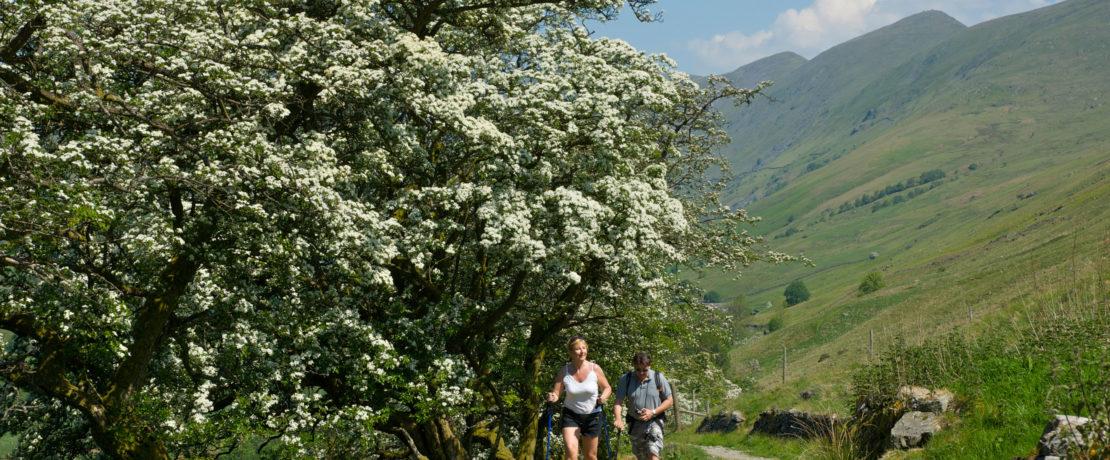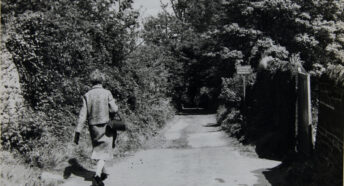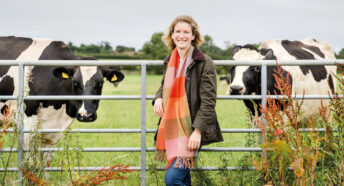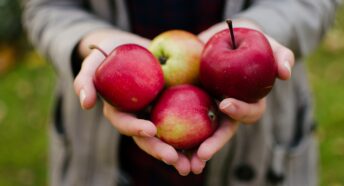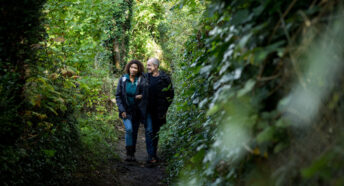A countryside walk in May
As daylight and temperatures increase, May signals a time where our countryside begins to look its most lush. With verdant green fields and thick, bushy hedgerows, our landscapes are brimming with life and vigour. It’s a great time to explore the outdoors.
If you took a stroll (or several) last month, I hope you spotted a few things we mentioned in this article. We’d love you to share your discoveries with us too, because there are of course differences in nature’s timings up and down the country. You can share your images and videos with us on Facebook, Twitter or Instagram.
But, on to May! What can we expect from a countryside walk this month? Well, in short, a profusion of life!
The dawn chorus crescendo
May is the ultimate month for bird song. In fact, we even have a day to celebrate it – International Dawn Chorus Day takes place on 1 May – but if you’ve missed this date, don’t worry. There’s still plenty to hear throughout the month.

To experience the best of the dawn chorus, we recommend an early start. Some birds start their vocal performances up to an hour before sunrise, which means setting off on your walk around 4:30am. This way, you’ll be able to more clearly hear each bird as it takes the stage (rather than waking up to a confusing cacophony!).
Be sure to wrap up, take a warm drink and a snack, and either go for a gentle stroll or find somewhere to sit: a local park, woodland, village square or by a footpath. Then, it’s just a case of listening to one of nature’s most beautiful sonic experiences.
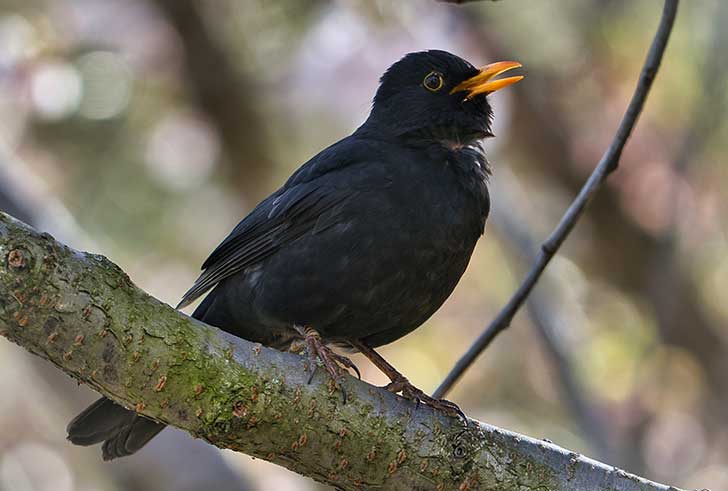
Depending on where you are, you’re likely to hear the repeated phrases of the song thrush and the flutelike melodies of the blackbird first. Then comes the wistful song of the robin, and the distinctive chiff chaff chiff chaff of – you guessed it – the chiffchaff. Despite their small size, wrens are also a colourful addition to the dawn chorus, belting out a rapid-fire series of notes like a machine gun. Dotted in and around all of this you might hear various finches (greenfinches and chaffinches are common) and tits (the staccato teacher-teacher of a great tit for example). As you can imagine, this list is not exhaustive.
Listening to bird song is a calming and grounding activity. If you’re not sure what you’re listing to, there are apps that can help you, we have some songs here, or try this RSPB guide.
Dragons and damsels
Dragonflies and damselflies are also emerging in May. Their acrobatic aerial display is captivating to watch, as they flit and dart around particularly near water.
These curious flying insects spend the majority of their lives living underwater as nymphs – freshwater ponds, lakes and streams are their preferred habitat. They’re difficult to spot as nymphs as they’re very well camouflaged, but during their time underwater they’re voracious predators, feeding on aquatic insects, tadpoles and even small fish.
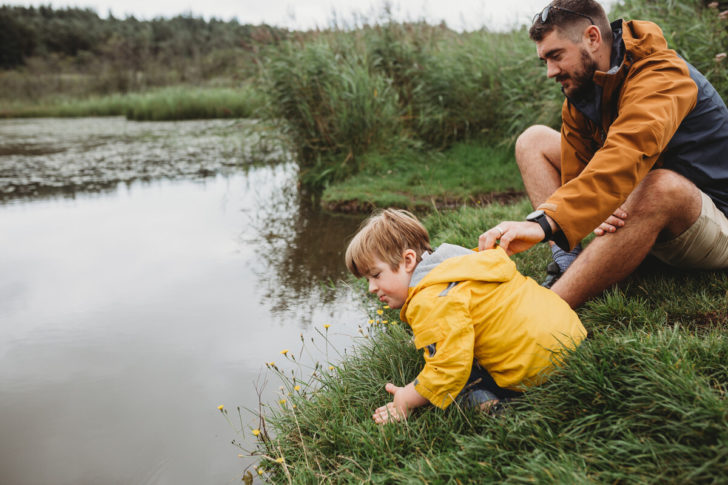
When the time comes, the nymphs emerge from the water and like to climb up study stems and cling on tight. Then, over a period of up to three hours, they shed their skin and spread their wings for the first time. If you live near fresh water, take a look at the grasses, reeds and irises on the margins in May and you may see the empty cast of a dragonfly or damselfly – still clinging on!
A fresh burst of colour
One of the reasons that the natural world steps up a gear so much in May is that we’re treated to a profusion of flowers in the countryside, in our gardens and local green spaces.
One such flower is the mayflower; the pink-ish white scented flower of the hawthorn, which is a thorny hedgerow plant common in gardens, parks and the open countryside. These spectacular flowers cover hedgerows top to bottom throughout May, and look particularly stunning if cow parsley is growing along the base of the hedge.
Although wildflowers in meadows don’t fully hit their stride until summertime, there are some wonderful wildflowers to look out for on your stroll. For example, the vibrant pink-red of red campion or the unmistakeable ox-eye daisy on grassland and verges. If you’re really lucky, you might even spot the rare snake’s head fritillary, with its checkered purple, pink or white flower which droops at the end of thin stems. These plants love damp, shaded areas.
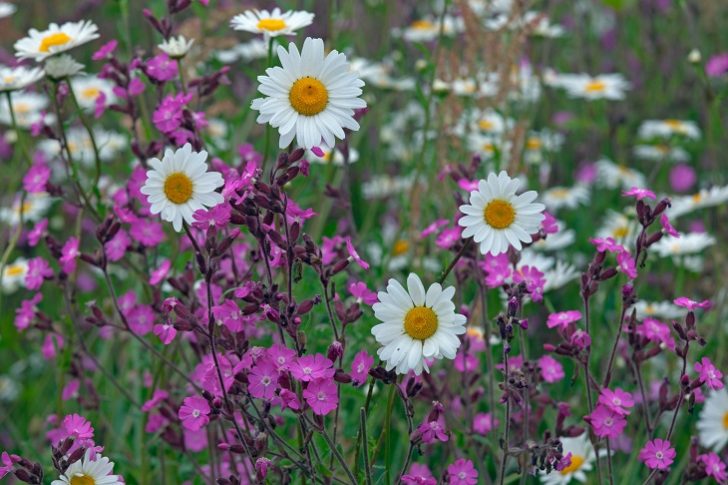
In marshes and along the margins of ponds, look out for yellow flag iris. These robust, sturdy irises love wetland areas and their flowers are a beautiful, vibrant yellow. Watercress also starts flowering in May, and these delicate white flowers often be found in areas of moving fresh water, such as streams and rivers.
Without a doubt, May represents a real shift from spring towards summer, and a walk in your local countryside can really help boost your energy levels as you enjoy the sights, sounds and smells of the flora.
What’s more, with June and July to follow, we’re treated to a wonderful display of flowers, butterflies and moths, so there’s lots to come.
Check back soon, when we’ll share some of the delights of a countryside walk in June.
Happy walking!
